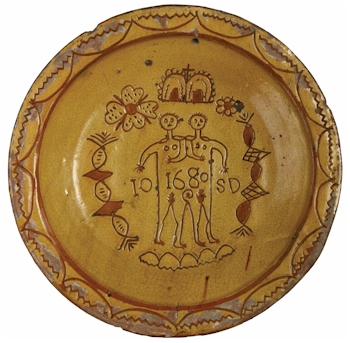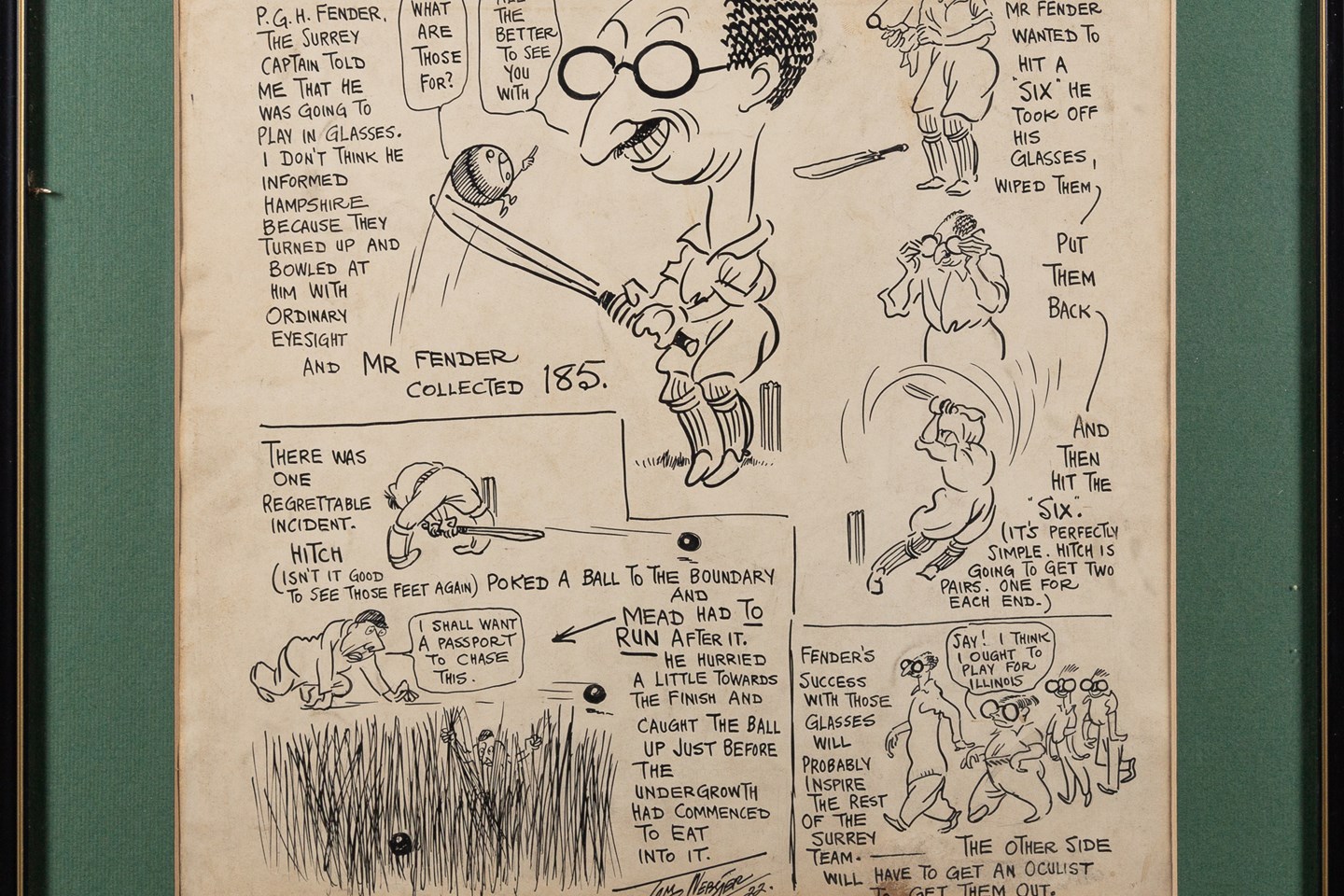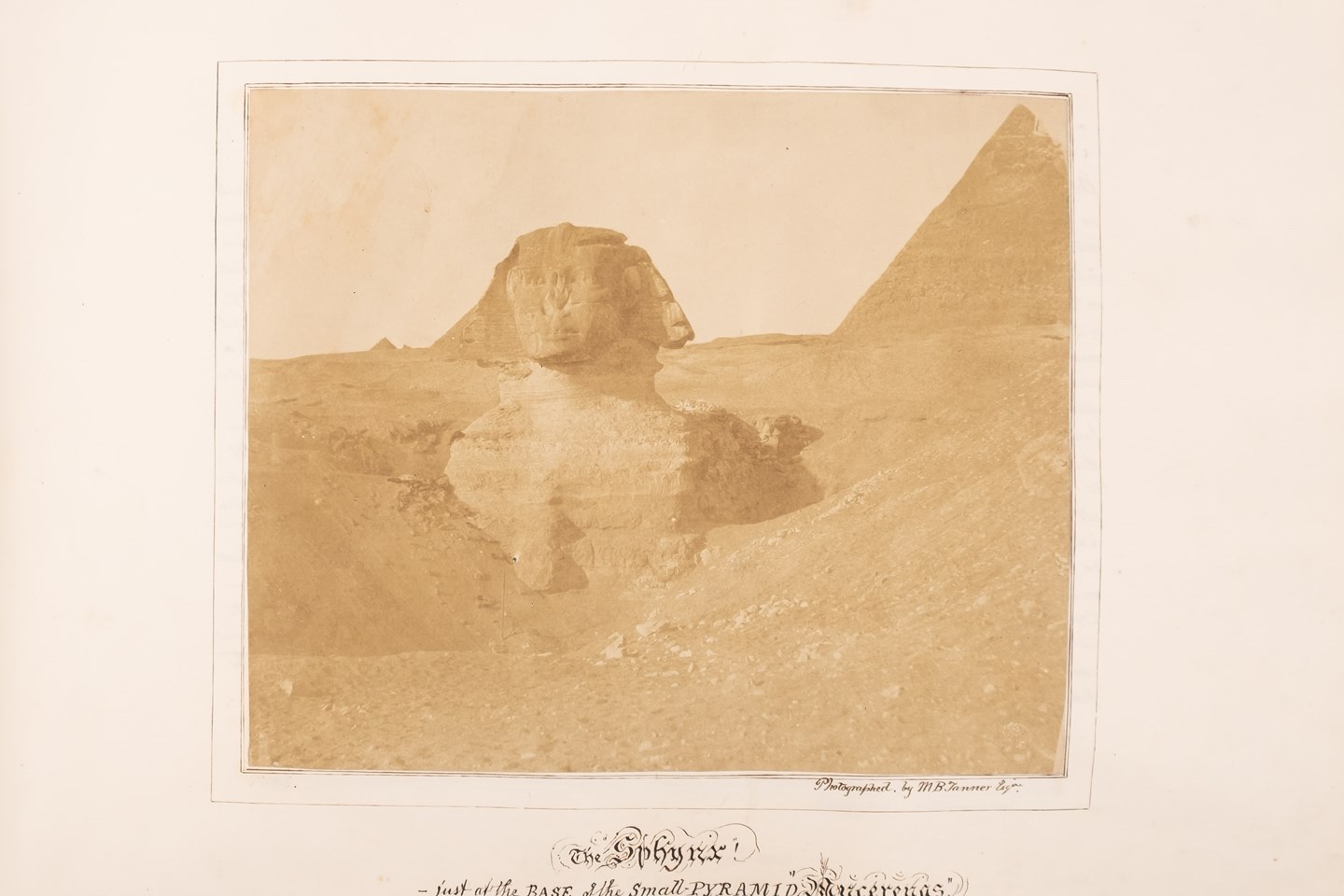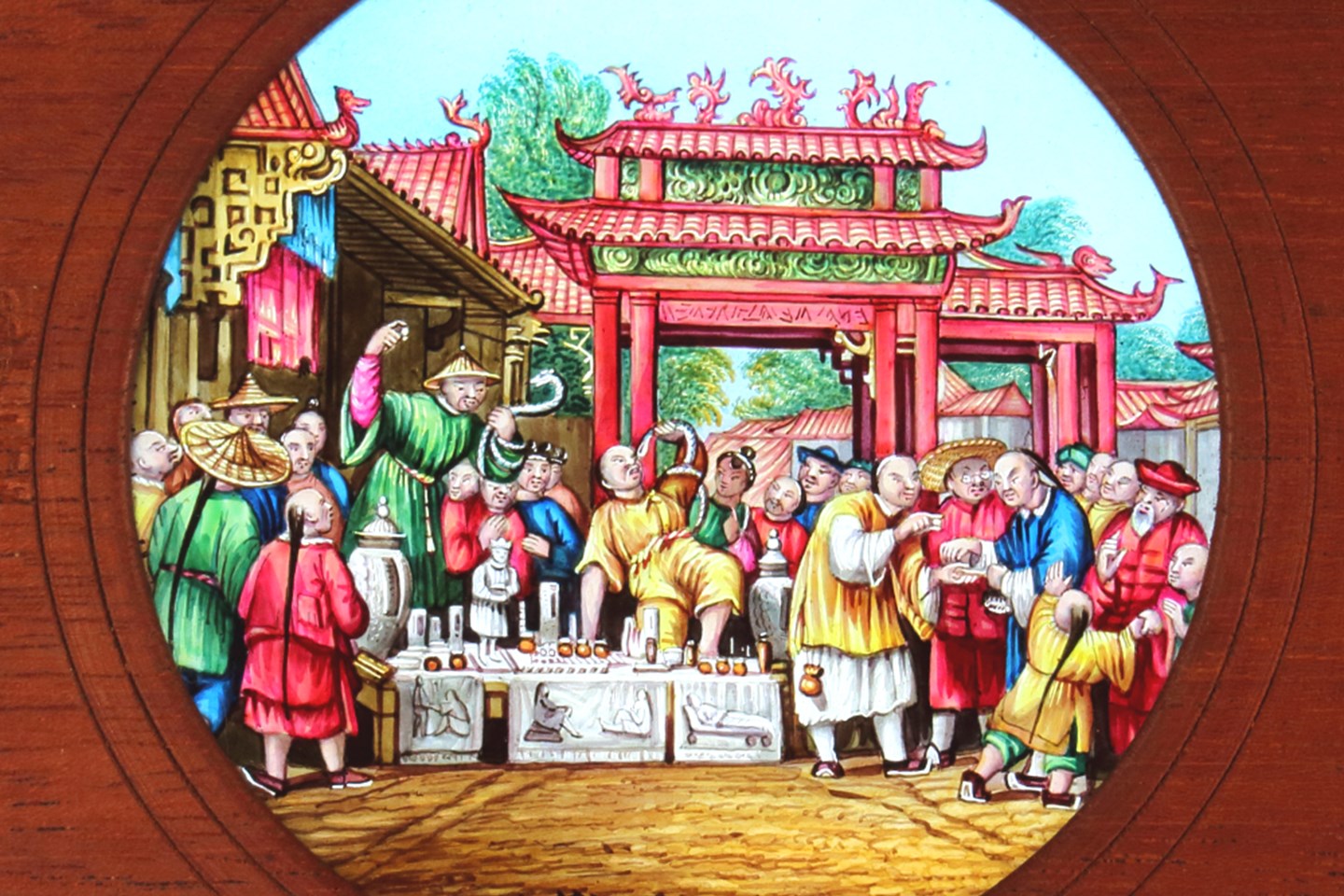
A Donyatt pottery charger depicting the Ilse Brewers twins (Courtesy South West Heritage Trust).
I am often asked if money was no object, what antique would I most covet. As a Somerset resident and a lover of rustic provincial pottery the answer is easy. It is a Donyatt pottery plate kept in the Castle Museum, Taunton that commemorates a strange happening that occurred in the village of Isle Brewers on 19th May 1680.
Nowadays, we are all aware of the existence of so called 'Siamese Twins', the title given to conjoined twins, which became synonymous after Chang and Eng Bunker, a pair of Siamese-American twins, 'profitably' toured as a 19th century circus act. But in 1680, the birth of a pair of live born conjoined twins was very much a unique occurrence – there are stories of earlier births such as the 12th century 'Biddenden Maids' and the 'Twin sisters of Foscote' and the 'Scottish Brothers' who resided at the Court of King James IV, but these seem largely apocryphal.
The birth of the Isle Brewers twins was recorded in a contemporary broadside (a short printed pamphlet not unlike a tabloid), which described their arrival thus: 'The groaning mother was disburthened of the monstrous birth, whose frightful apparition so amazed the assistants that starting back all pale, they knew not what to think ... but after a more curious view, they found it was a humain creature, and bore the stamp (though in an unusual form) of a woman, ... which in double voice cried aloud'. The broadside then went on to discuss whether this was a portent, a divine punishment or even if the creature possessed two immortal souls. It is worth noting that this broadside was not a local publication, but was printed and sold in London.
Before long, hundreds of visitors arrived in Isle Brewers to see Priscilla and Aquila (unusual children deserve unusual names) and it seems unsurprising that the local potters chose to supply the curious with a memento of the occasion, decorated with a portrait of the twins. However, almost inevitably, their story takes a tragic turn. There is a delft charger that also celebrates the event and depicts two finely dressed gentleman supporting the twins in their hands, but the question is who are they and what is their connection?
Subsequent research has identified them as Henry Walrond, a scurrilous and often 'hard up' local Justice of the Peace and Sir Edward Pheilps of nearby Montacute House. These gentlemen used the twins to their own advantage by lending them to a travelling exhibitor of monstrosities and whilst the parents of the twins were poor, it is unlikely that any money changed hands.
Walrond was renowned as an ardent persecutor of the Quakers in his jurisdiction. It is likely that the parents were Quakers and that he 'borrowed' the children. This is backed up by the caption on the delft charger that reads 'Behold to parsons that are reconsild to rob the parents and to keep the child'.
It is unclear when and where Priscilla and Aquila died, but it seems they didn't see their third year. Tragic as the story is, the Donyatt plate that celebrates the event, and which I admit to coveting, has an almost childish naivety about it like many of the protagonists in this story and if this tale has any monsters in it we can all agree on who they were.
I am grateful to Sarah Cox and the South West Heritage Trust for permission to use their image.
- Bearnes Hampton & Littlewood
- Donyatt Pottery
Donyatt Pottery, Somerset was published on Tuesday, 7th April 2020.





